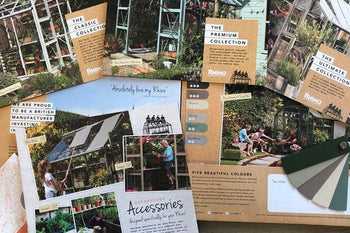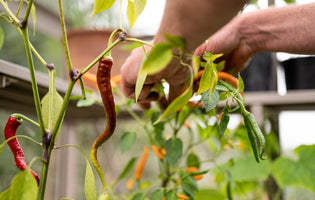Rhubarb is a funny old thing. Even the name is quite amusing, when you think about it. I wonder if it has identity issues? It’s a vegetable but we treat it like a fruit. There aren’t many vegetables out there that get repeatedly subjected to so much honey and sugar – no wonder it’s bitter. In late winter rhubarb can be forced (more abuse), which means it’s grown in large, dark sheds to produce tender stems with a raucous pink hue. A little later, in spring, outdoor-grown rhubarb is available.
It’s a striking, ancient-looking perennial plant with dark red-and-green speckled stems and a broad canopy of hairy leaves. It’s actually an incredibly versatile ingredient and makes the most delicious cordial. Its complex flavor is unquestionably good with orange and star anise, a sweet, fragrant spice I’ve used with rhubarb many times in the past.
Makes 1 large bottle
Ingredients
6-8 Rhubarb stalks, trimmed and sliced into 2-3cm (3/4-1.25in) pieces
Pared zest and juice of 2 oranges
200g (7oz) unrefined granulated sugar
3-4 Star anise
4 tbsp Runny honey
Method
Place the rhubarb in a large heavy-based pan along with the orange zest and juice, and the sugar, star anise and honey. Add 500ml (17fl oz) of water to the pan.

Set the pan over a medium heat and bring to a gentle simmer, stirring once or twice to help break the rhubarb down a little. Cook gently for 6–8 minutes, or until the rhubarb is pulpy and everything smells lovely and fragrant. Switch off the heat and allow the mixture to cool to room temperature.
Set a sieve over a large jug and line it with a piece of clean muslin or thin cotton cloth. Pour the cooled mixture into the lined sieve and either leave the liquid to drip through of its own accord or gather up the cloth and squeeze gently to encourage out every last drop.
The cordial will be sweet, so I always let it down with plenty of cold water. It’s particularly good served over ice with some thin slices of orange and, for a splash more color and fragrance, some scrunched bay leaves.
Published by Quadrille Books








